
content, reviewed by leading industry experts and seasoned editors. Ad Disclosure
According to crypto analyst Jake Claver, XRP futures exchange-traded funds (ETFs) don’t actually help the token’s price. He explains that these products do not purchase real XRP tokens. Instead, they trade contracts that settle in cash. Because they don’t buy or lock away tokens, there is no real demand or supply pressure on XRP.
In contrast, spot XRP ETFs could have a much bigger effect. These would require fund managers to buy and hold actual XRP tokens, removing them from circulation. As a result, once these spot ETFs are approved, demand from institutional investors could push prices higher.
Jake Claver Explains Why XRP Futures ETFs Don’t Drive Real Demand
Jake Claver explains that futures ETFs don’t buy a single XRP token. They are cash-settled contracts, meaning investors are only trading paper agreements, not the tangible asset. Fund managers buy and roll these futures contracts before they expire, and even if delivery ever happens, they immediately sell the tokens right back. This process keeps XRP’s actual supply untouched.
Claver calls this “paper trading dressed up in an ETF wrapper.” It looks like a real investment in XRP, but it is not. Since futures ETFs never hold the actual token, they do not create any pressure on XRP’s supply. There is no actual buying demand, and that means no upward push on price.
He also notes that this setup only checks a regulatory box for the SEC. The SEC usually wants six months of futures trading before approving any spot ETF. For Claver, XRP’s futures ETFs are part of that early stage, not a significant price driver.
Why Spot XRP ETFs Could Trigger A Real Supply Shock
While futures ETFs have little real effect, Claver believes spot ETFs could change the game. Unlike futures, spot ETFs require fund managers to buy actual XRP tokens for every dollar invested. Those tokens are then held in custody by regulated institutions like Coinbase or Anchorage, removing them from the open market. Each share of the ETF is backed by real XRP, often between five and fifty tokens per share, and these tokens stay locked unless investors sell.
Claver compares this to what happened with Bitcoin. Futures ETFs have existed since 2017, but Bitcoin’s real growth only began when spot ETFs launched in January.
According to Claver, XRP is now in a similar position. The market has already met the SEC’s futures requirement, meaning spot ETFs could soon be approved. When that happens, institutional investors will need to buy large amounts of XRP in a market with very low liquidity. The launch of spot XRP ETFs could trigger intense price discovery and what Claver calls a “mathematical supply shock.”
He believes the real move for XRP will start when institutions compete for actual tokens in a market that’s already running dry. Futures ETFs may have opened the door, but spot ETFs could be what finally pushes XRP into its next significant phase.
Featured image created with Dall.E, chart from Tradingview.com

Editorial Process for bitcoinist is centered on delivering thoroughly researched, accurate, and unbiased content. We uphold strict sourcing standards, and each page undergoes diligent review by our team of top technology experts and seasoned editors. This process ensures the integrity, relevance, and value of our content for our readers.

.jpeg)

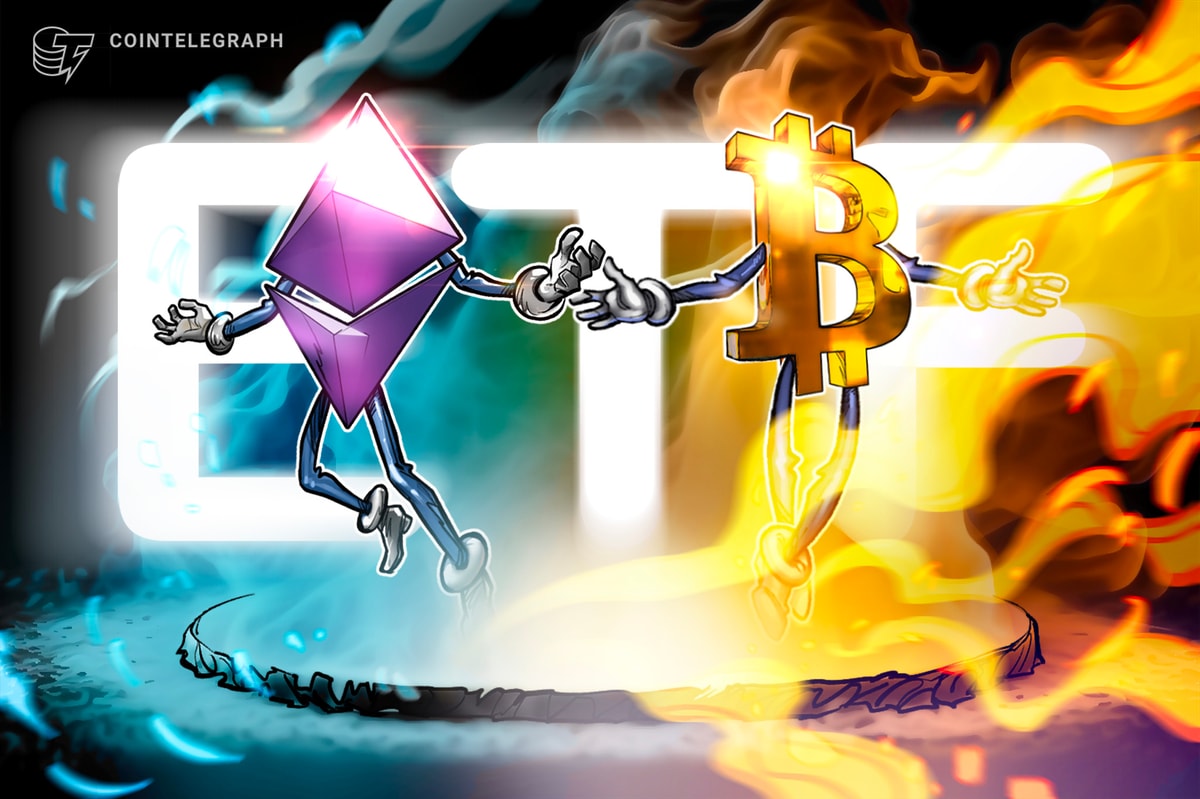
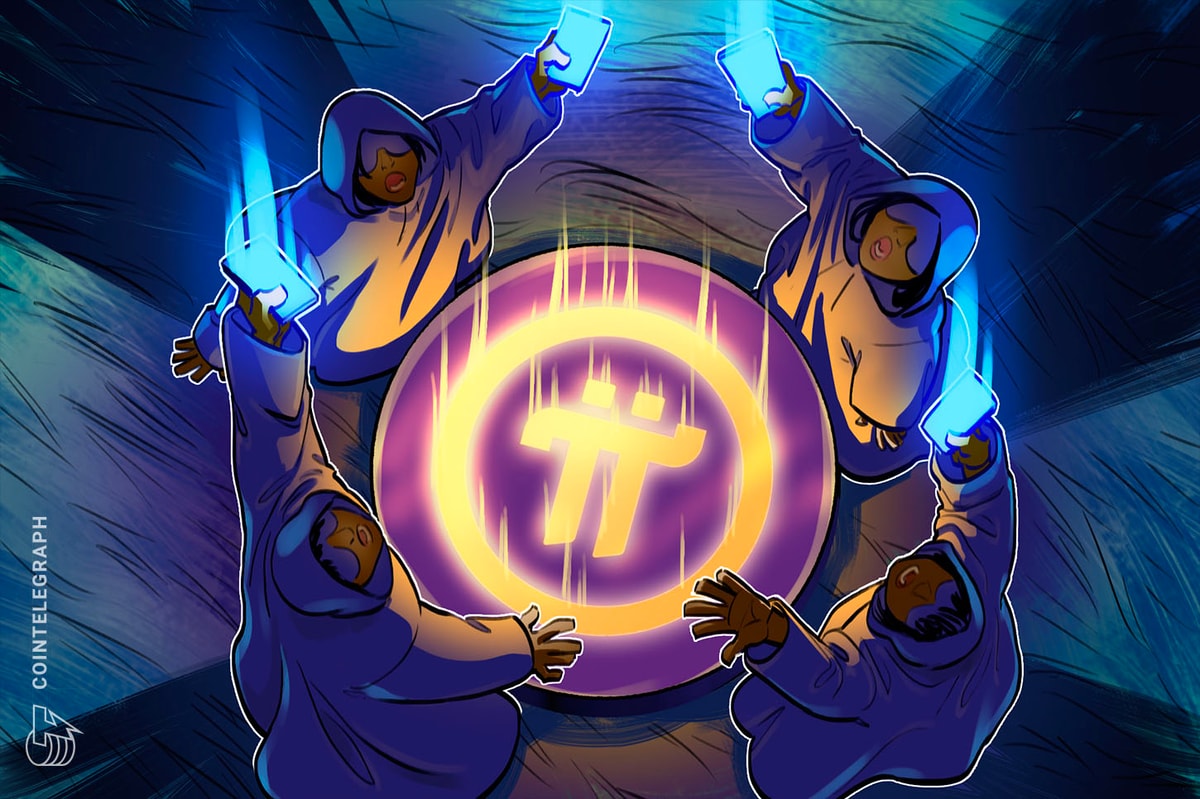
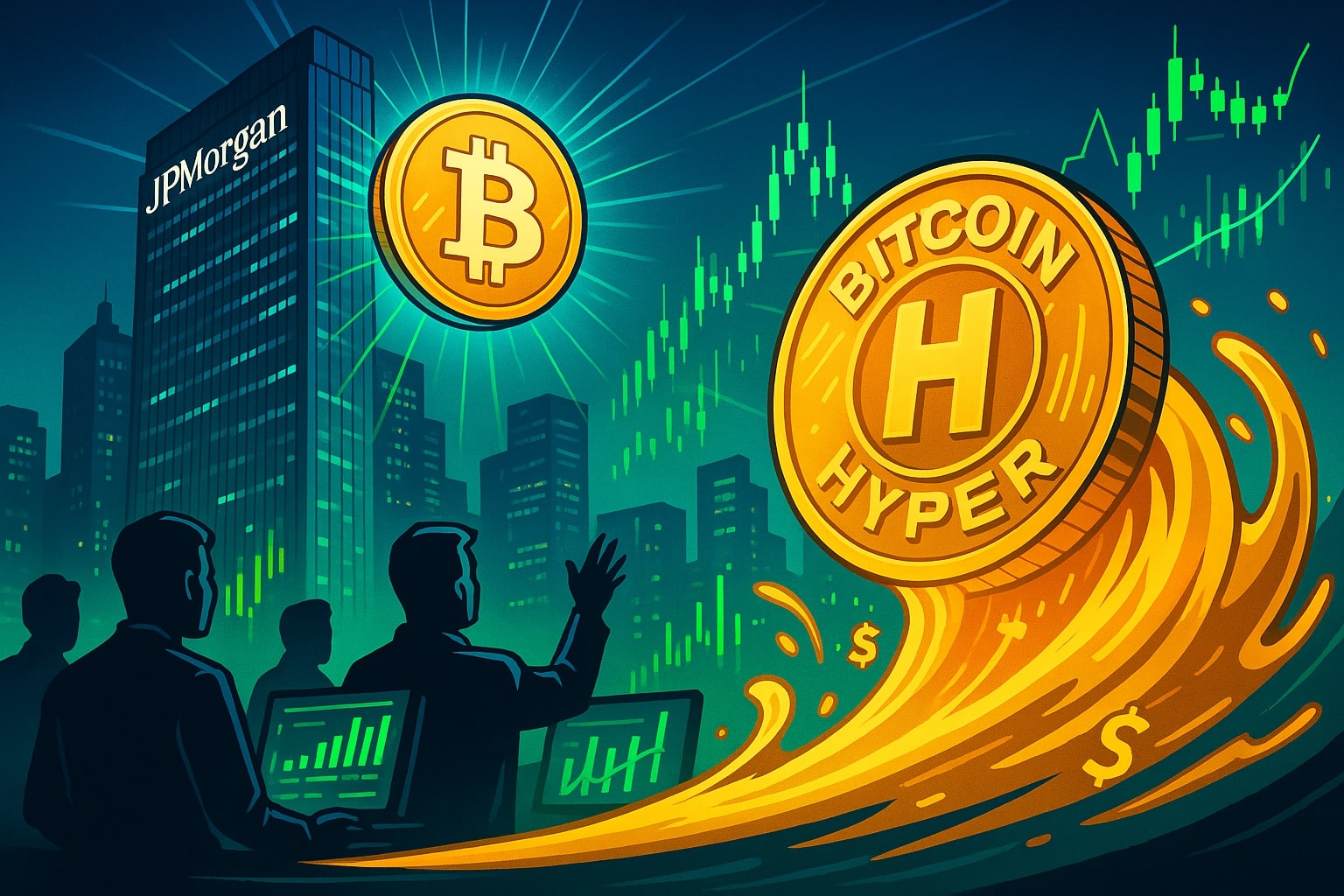

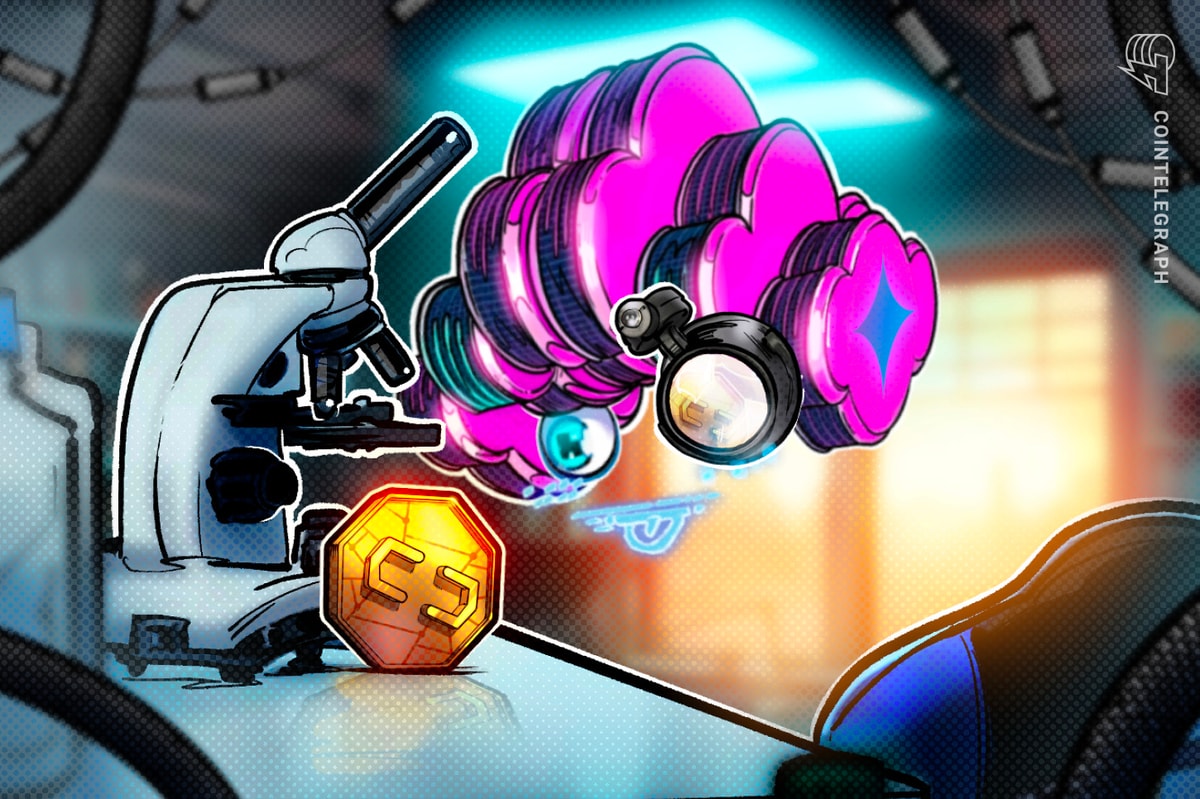
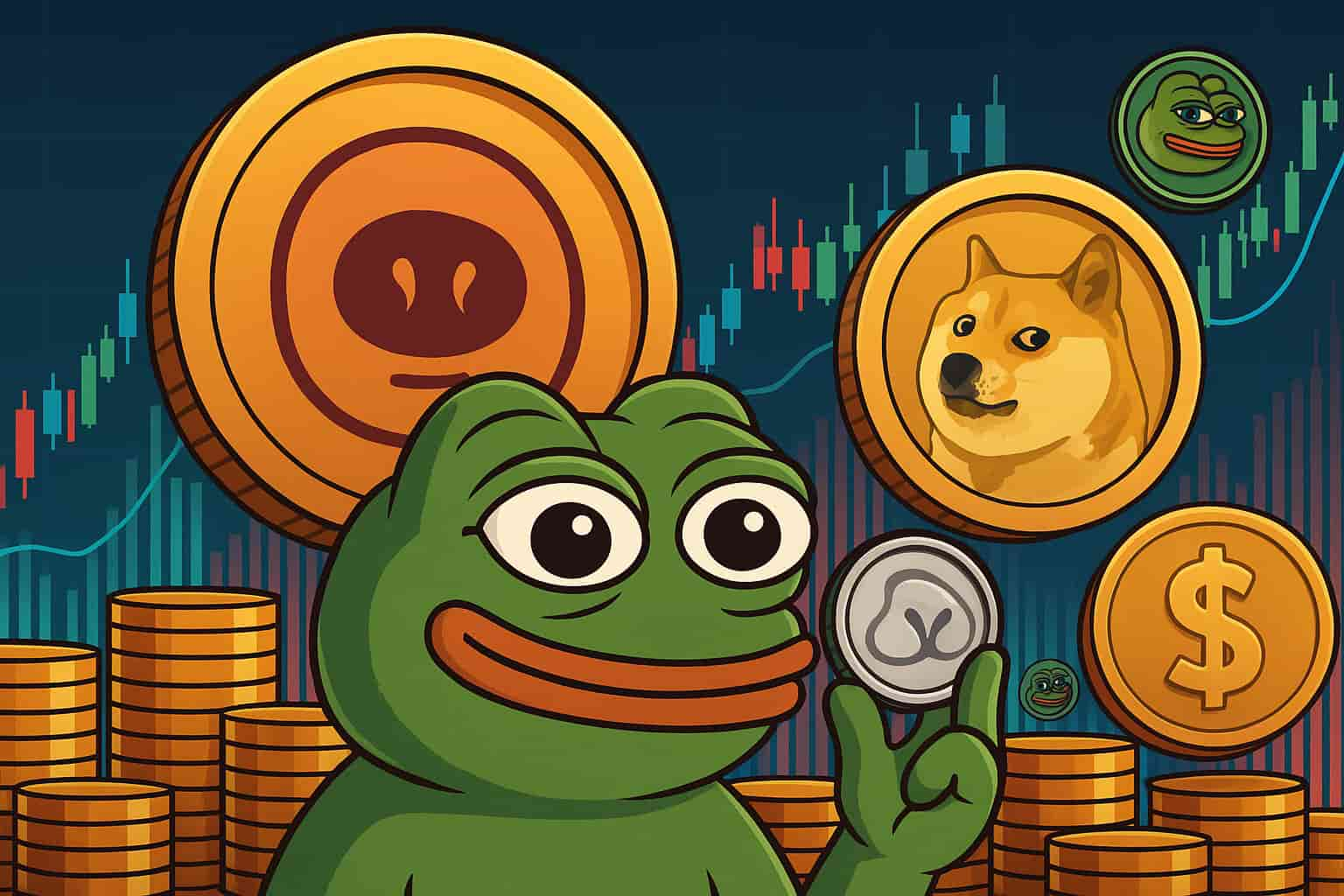
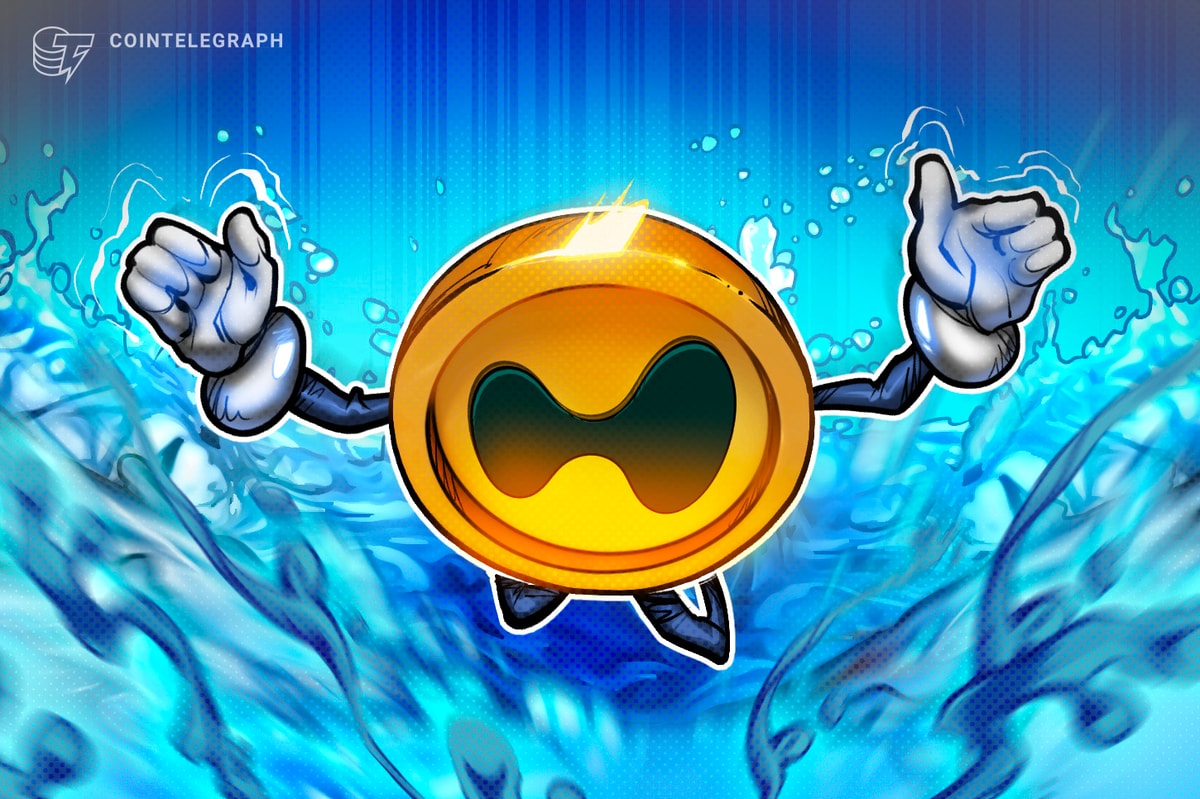
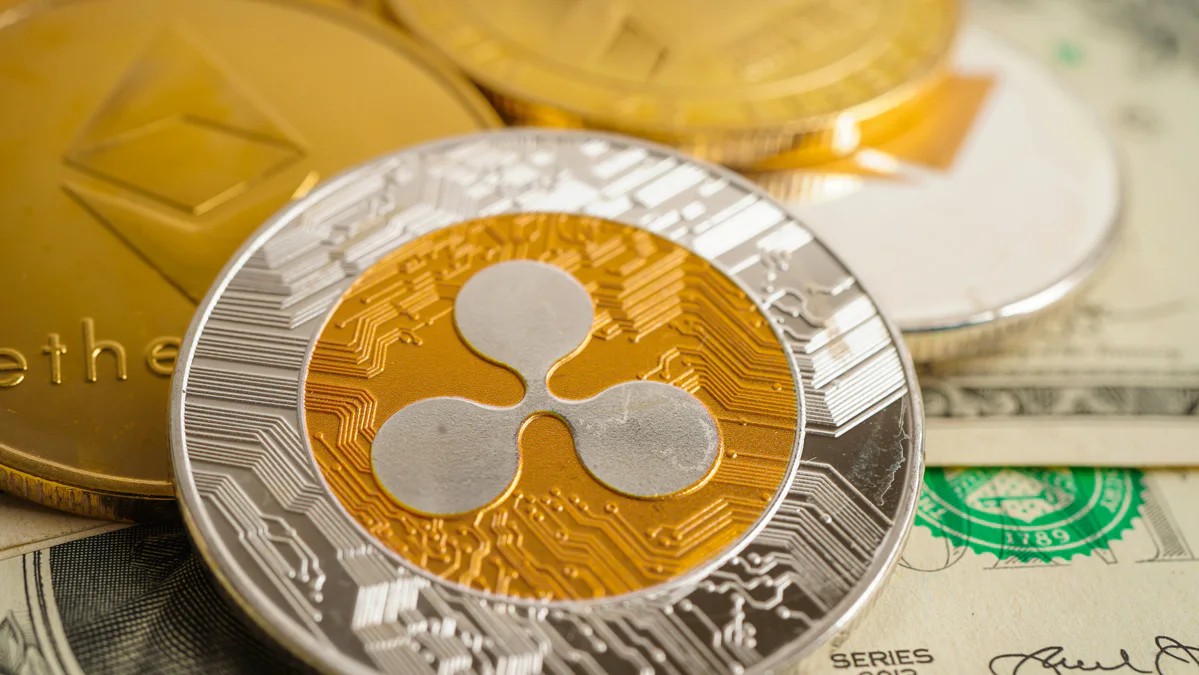
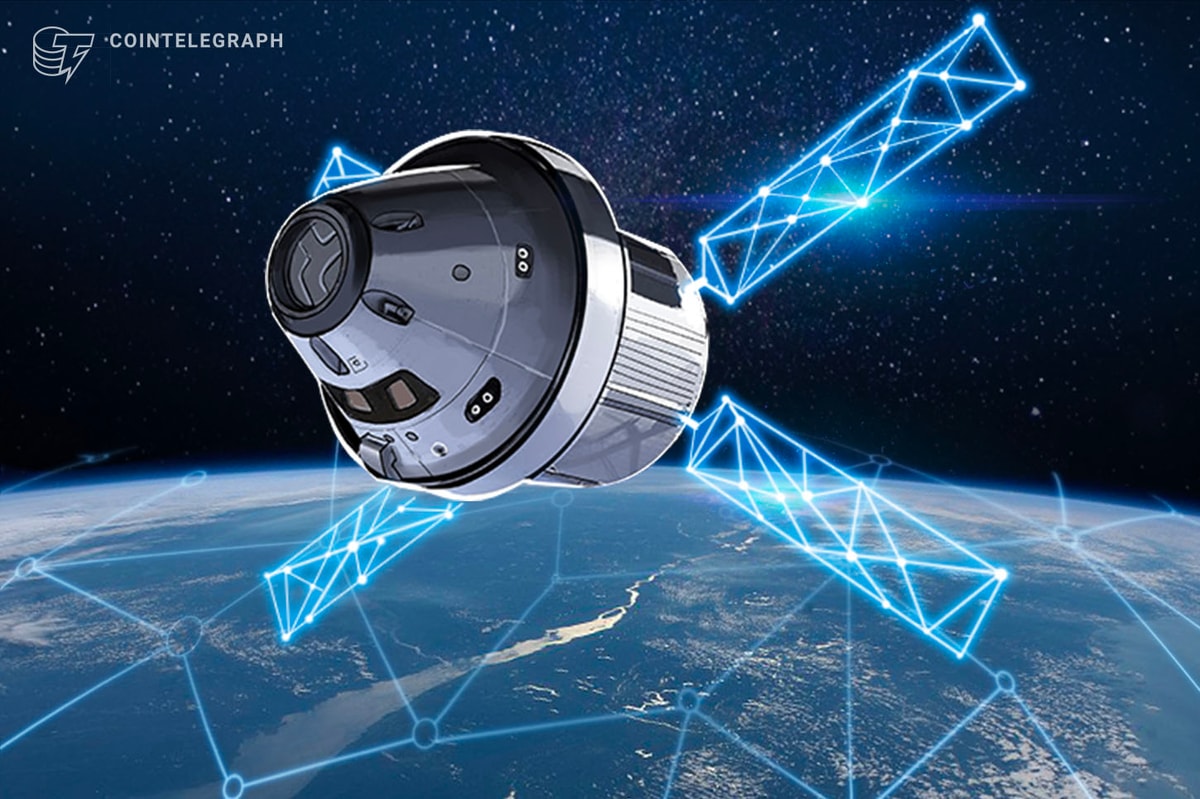
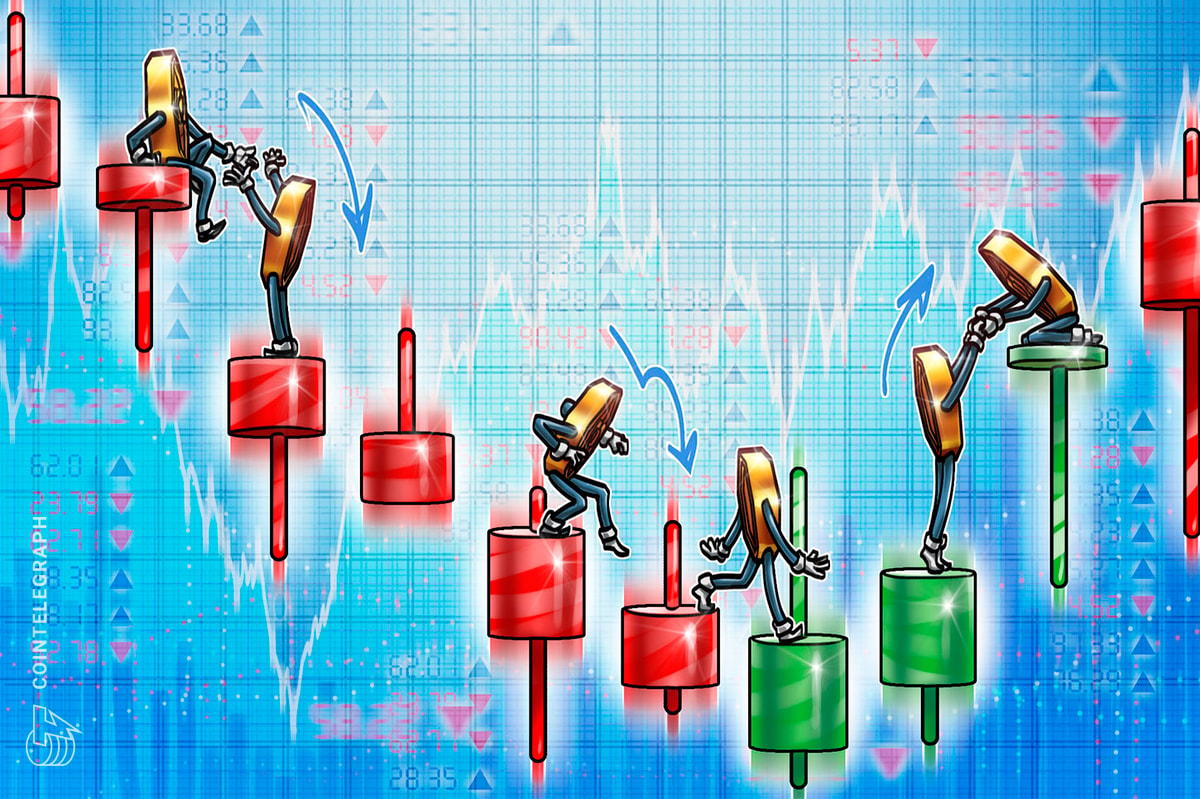
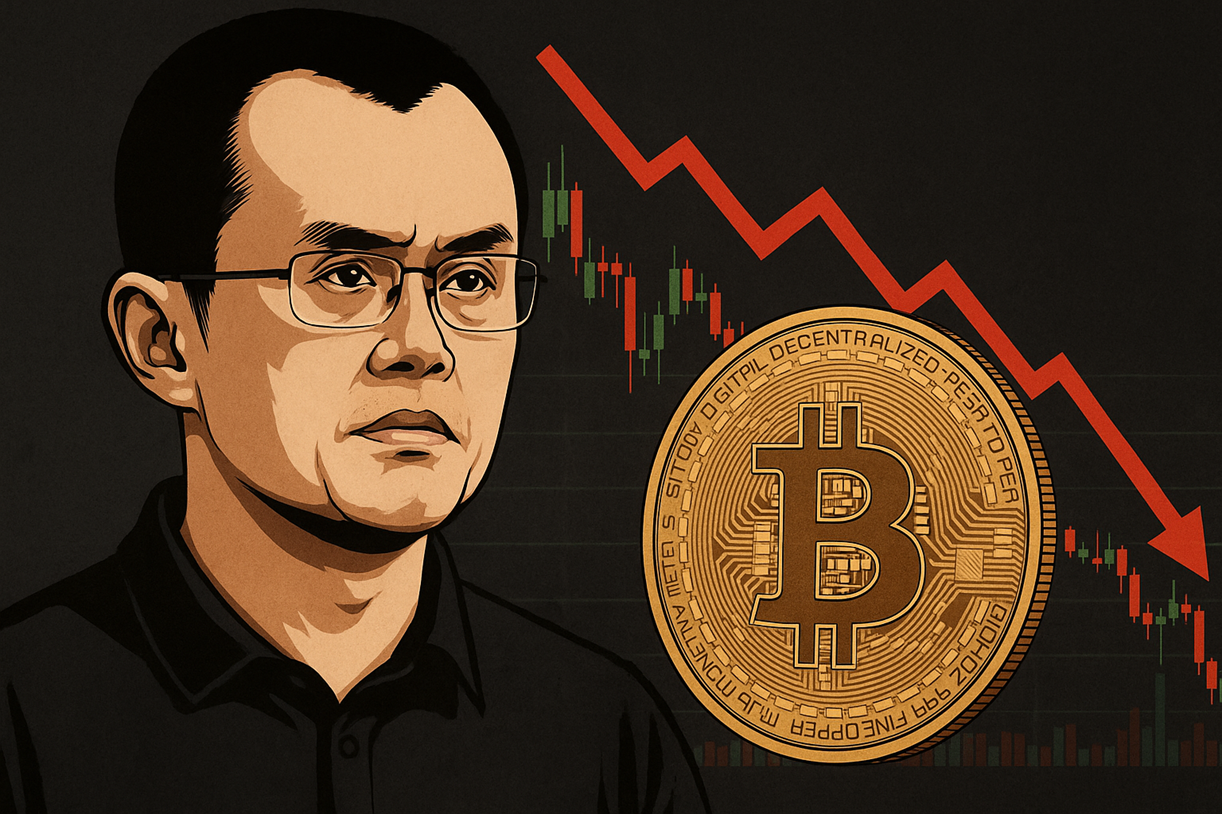
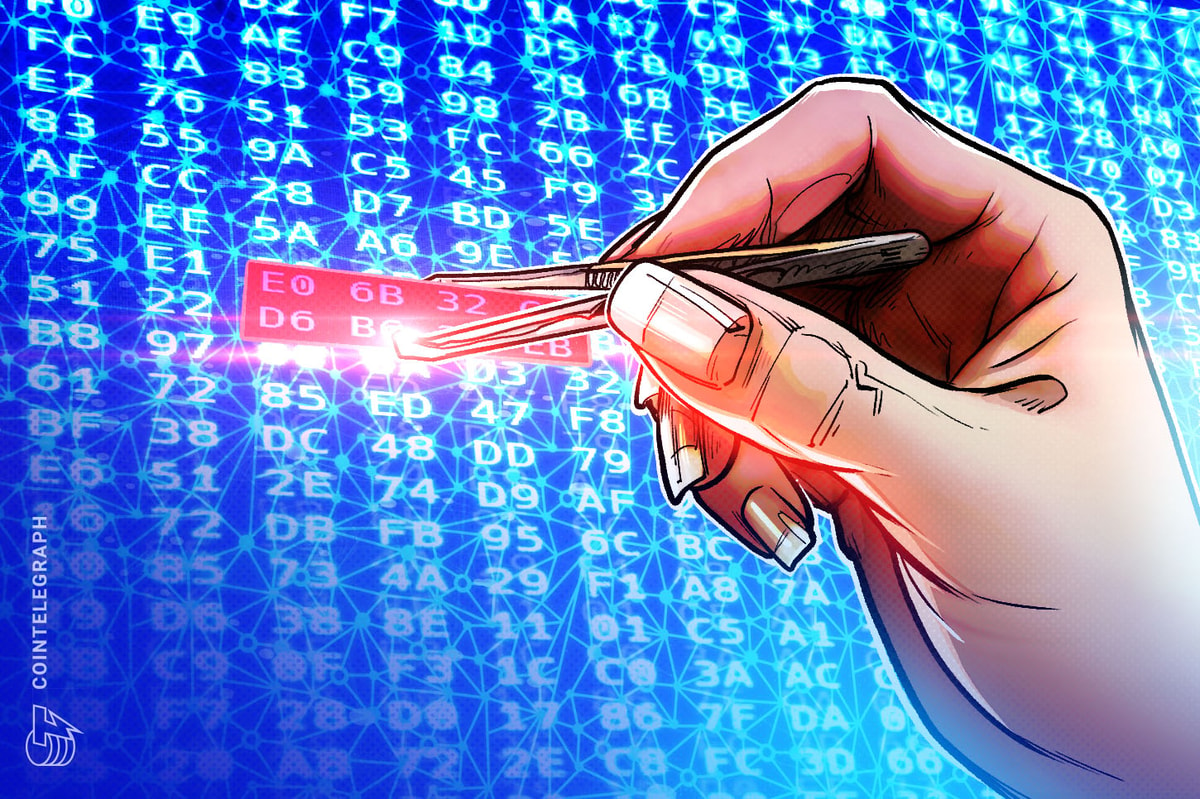



.jpeg)













 English (US) ·
English (US) ·